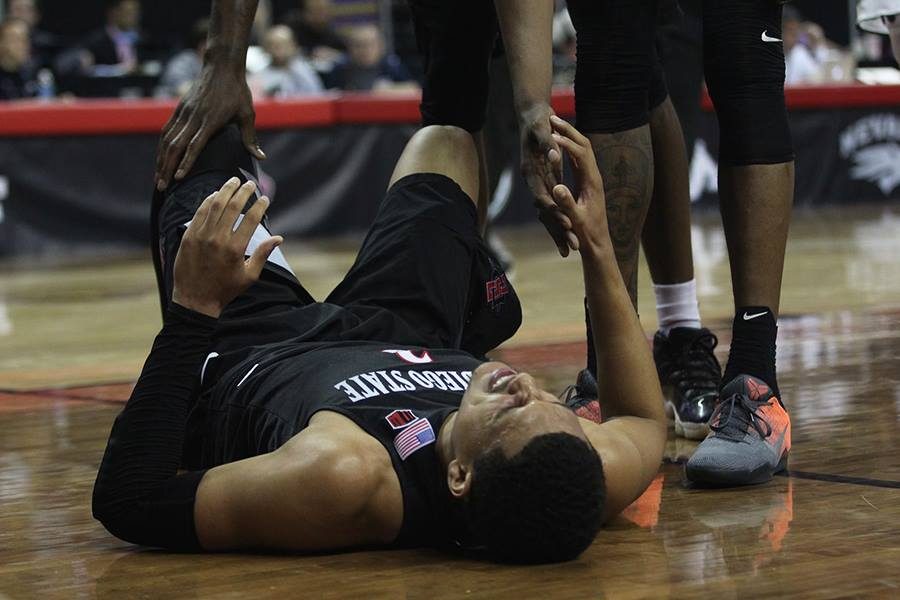Housing in the College Ave. area by San Diego State has people packed in like sardines. This high-occupancy living situation has been popularly dubbed as minidorms and is often unhealthy and unsuitable for students and families.
Minidorms are defined as privately owned single-family homes with bedrooms used to fit more than one bed and multiple people. This is especially popular around colleges or the beach. It is usually intended for for young adults and college students — demographics on a budget. Minidorms are different than the traditional college dorms, which are up to regulation — two or three people per room with separate bathrooms regularly cleaned to help prevent health issues.
The City Council is revisiting the 2008 Rooming House Ordinance and the High Residential Occupancy Permit Ordinance, cracking down on the violations and issues that come with minidorms. The ordinances have recently been clarified to specify how many people may have separate leases per house, closing the loopholes and hopefully alleviating the situation.
For students no longer living in dorms, living in a minidorm near campus with a group of friends may seem very enticing. It may be fun and economically efficient at first but there is such a thing as too many people in one household.
Students may think they are getting their money’s worth but will soon realize otherwise. Many of these suburban-style homes are simply not built to house a lot of people. These homes typically have up to two bathrooms and one living room — accommodations not sufficient in meeting the need of six, or more, adults.
There are a number of safety, privacy, and health concerns related to such cramped living quarters and commons areas. Six plus people in one home with all of their belongings would have the house bursting at the seams.
Let’s be honest, college students might not have the best personal hygiene to begin with. Now try having six or more people prepare and eat food in one kitchen, not to mention dirty dishes and spoiled food laying around. Those living conditions can be unsanitary or unhealthy for the occupants. People living in such close quarters, as many of students have already experienced, get sick of each other quite quickly. Shared common areas are nice until it get too loud when one is trying to study, or when unusual sleeping patterns create a ruckus.
Don’t forget parking, which always be lacking near these minidorms. This leaves residents high and dry when searching for parking on the streets in front or a long ways away from the home, putting their car at risk of break-ins.
But it goes beyond the inconvenience. Landlords in the college area can often exploit their homes by raising the price to meet the demands of the many students seeking housing near school, in efforts to cut costs of transportation. Without regulations, these landlords can further exploit their residents by packing many people into one home to maximize profits without considering what negative aspects about overcrowding entails for the neighbors and residents themselves.
All these inconveniences seek the necessity of some sort of regulation. The ordinance discussed will require homes to have at least 150 square feet for first 10 residents and an additional 300 square feet for every additional resident to the maximum of 20. It also requires annually renewed permits to be reviewed by the City Planner.
In response to legislation, effective efforts to reduce overcrowding, many property managers, landlords and homeowners renting out homes to college students will often rent to a group, having all the rooms properly filled, rather than individual leases.
This needs to happen to alleviate the overcrowded houses in the areas around SDSU. Unless the house can accommodate the inhabitants, it shouldn’t be allowed.
For opposing arguments, please check out KC Stanfield’s pro piece.









